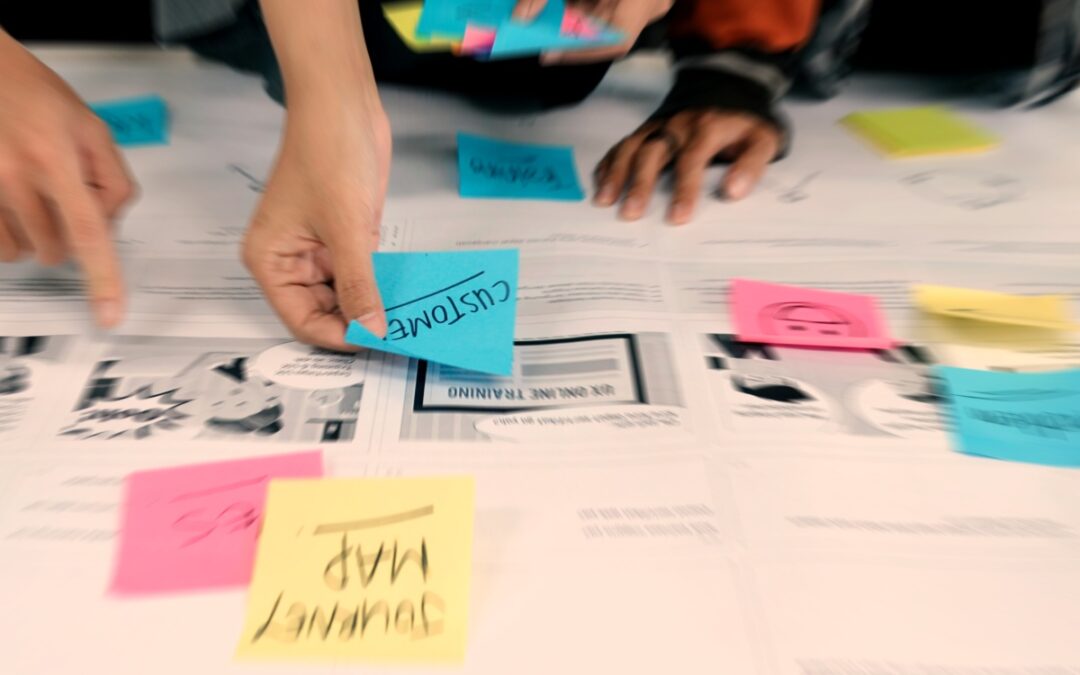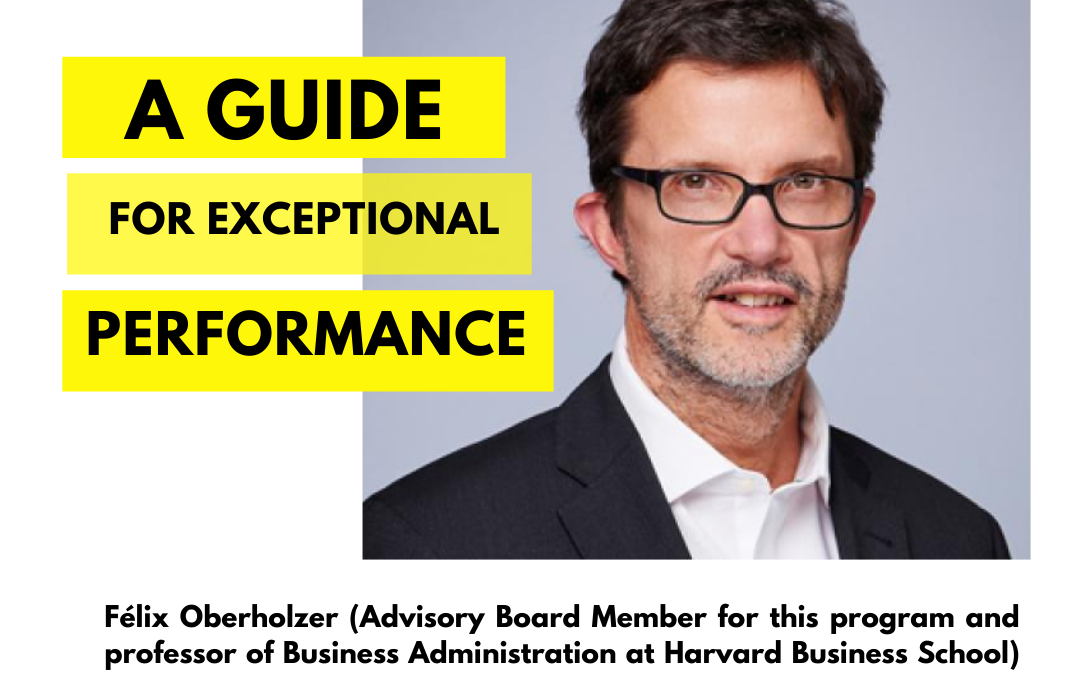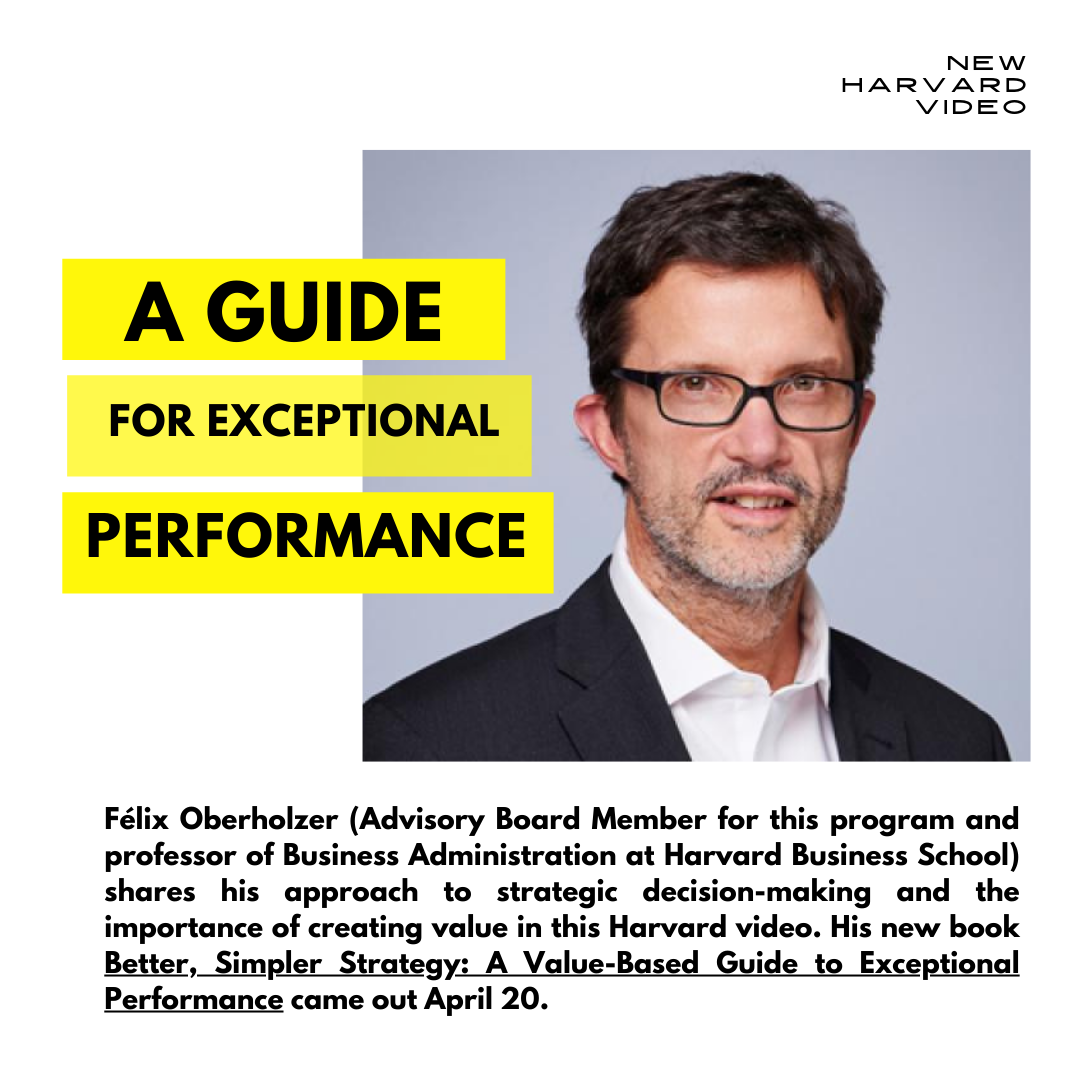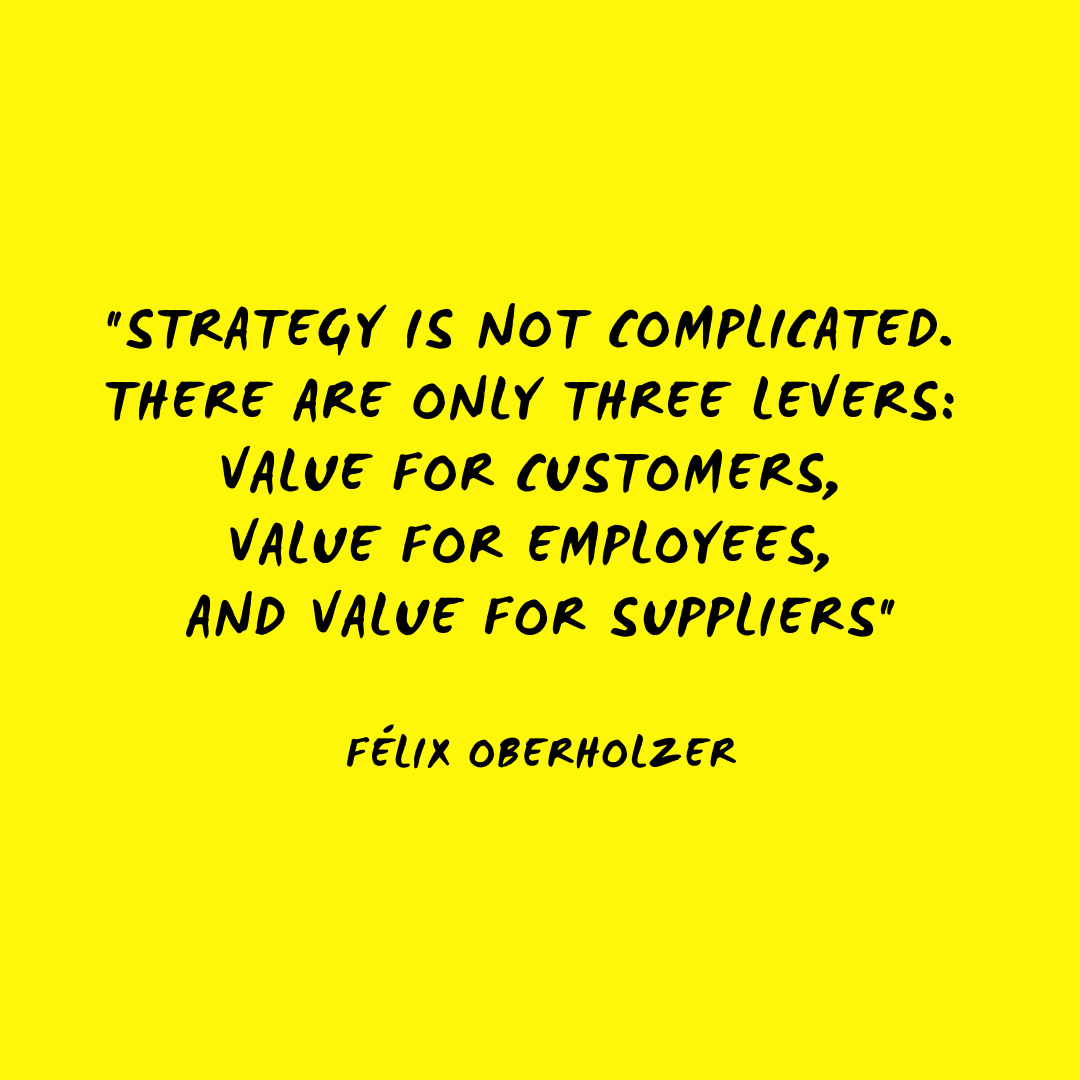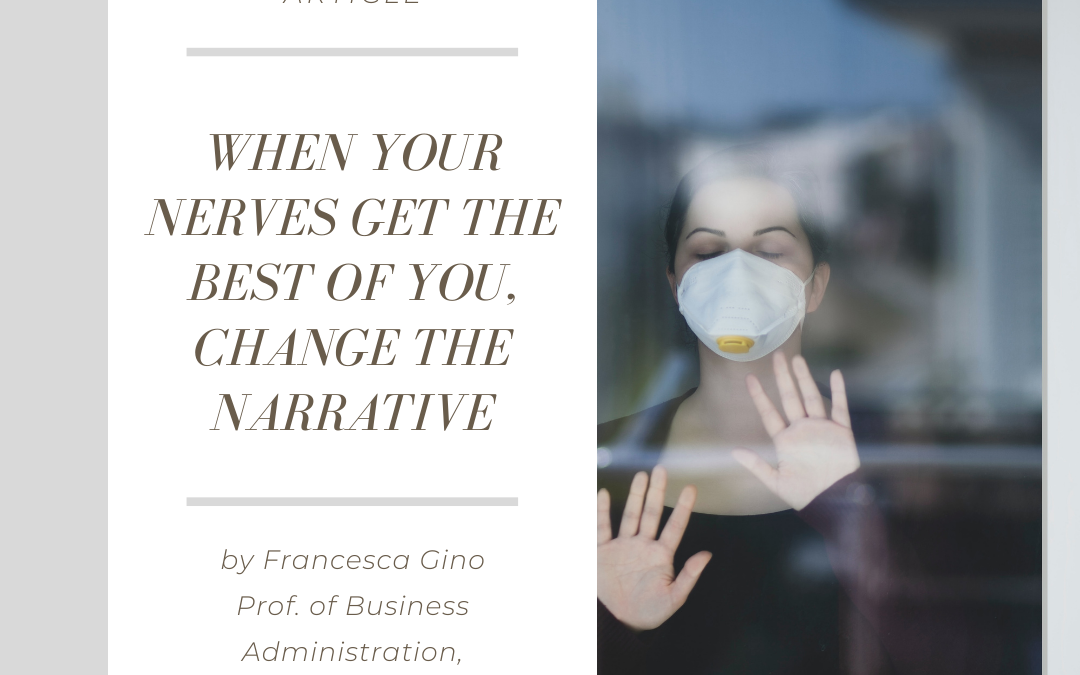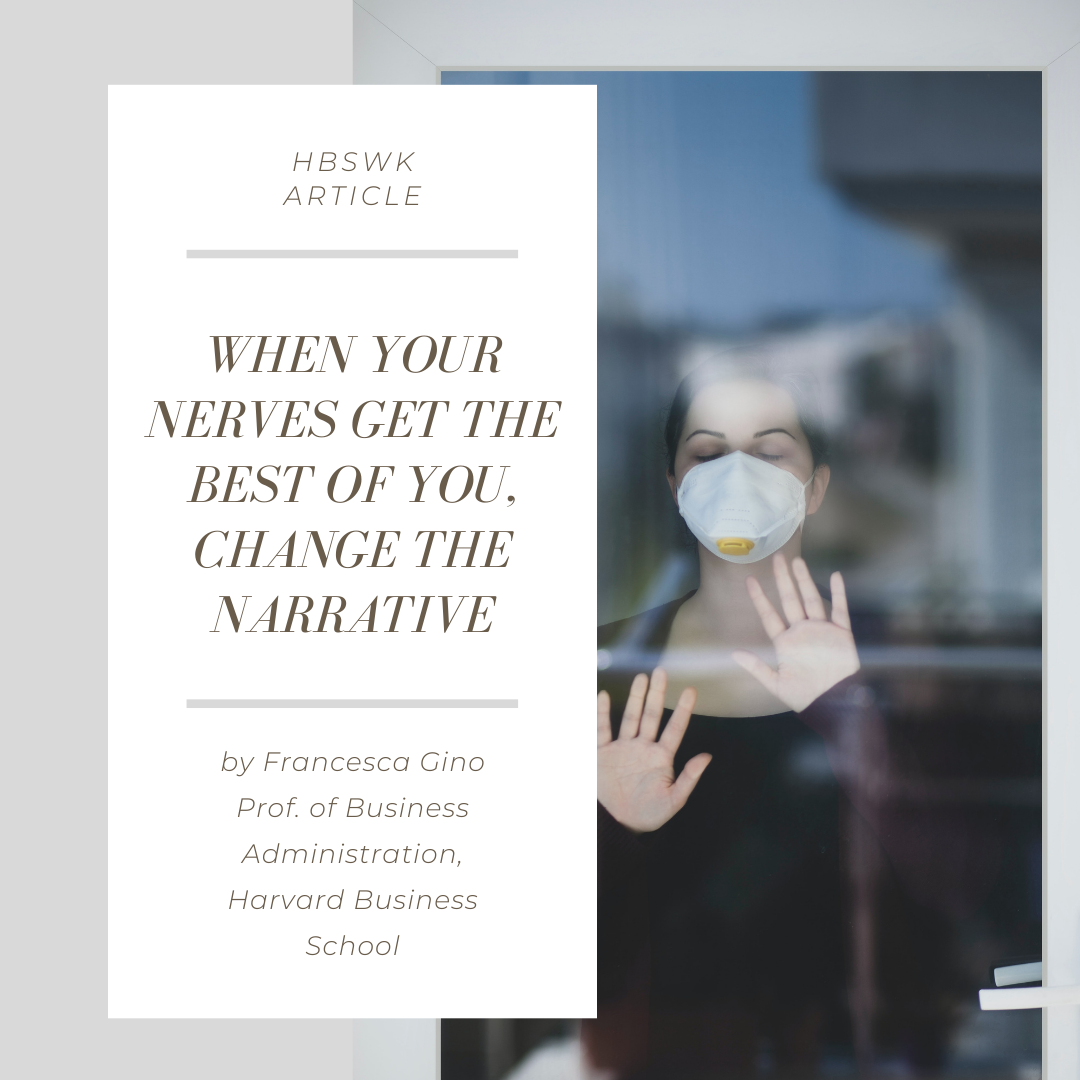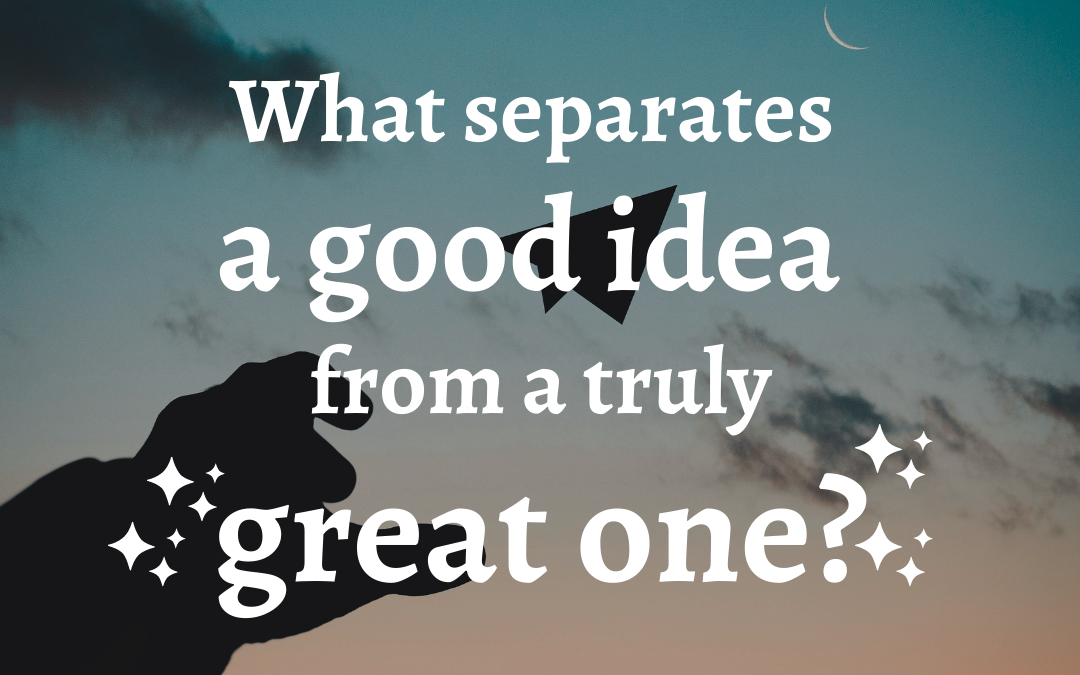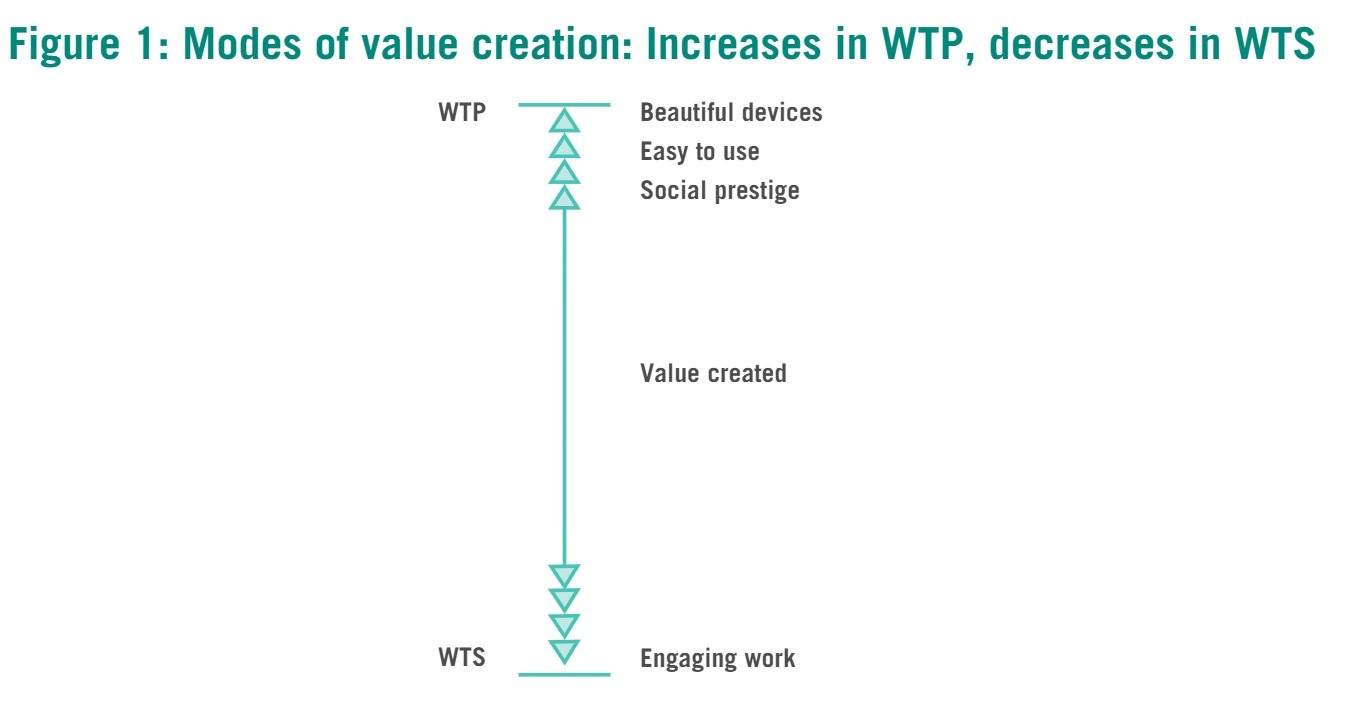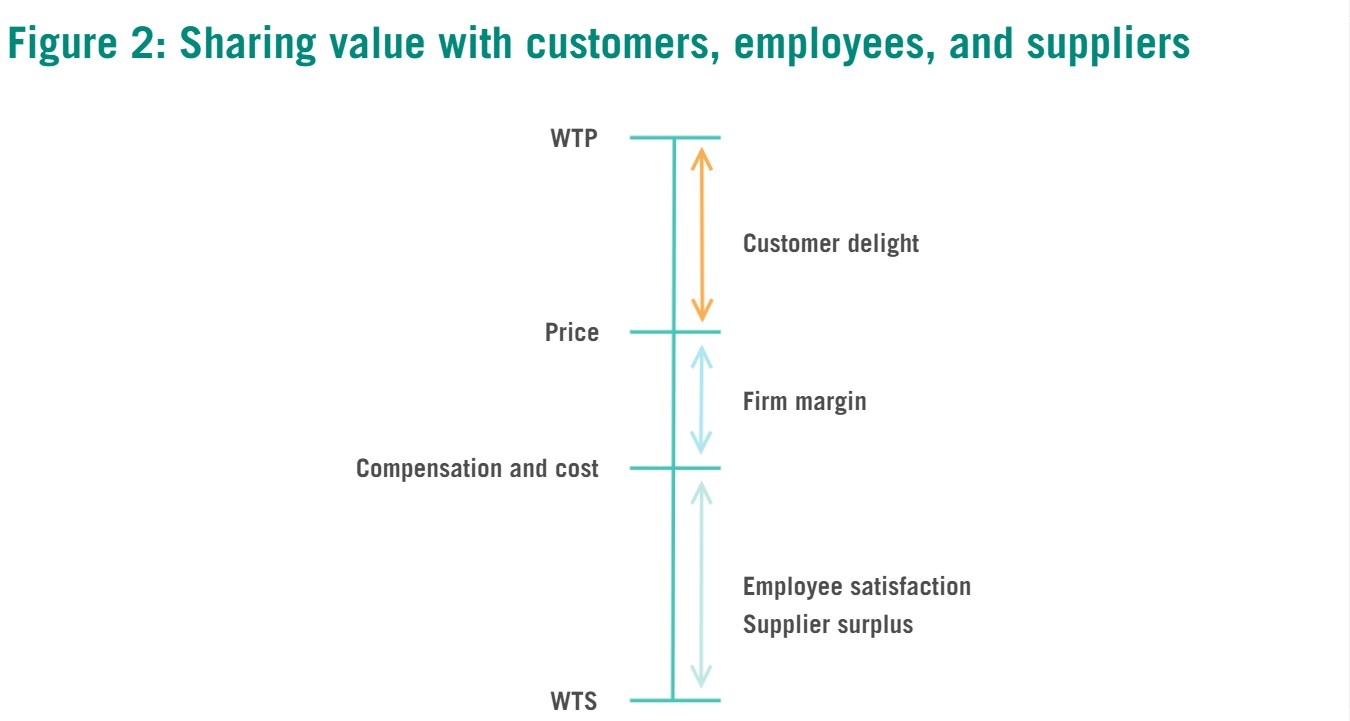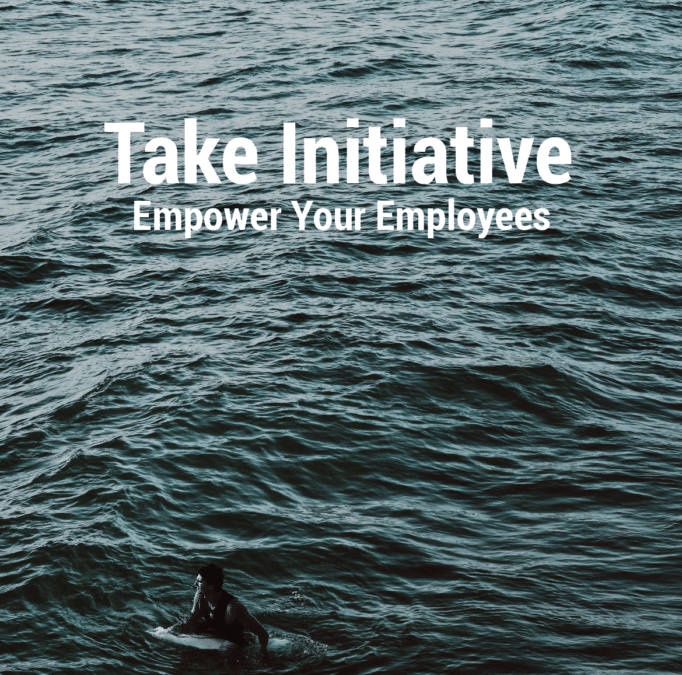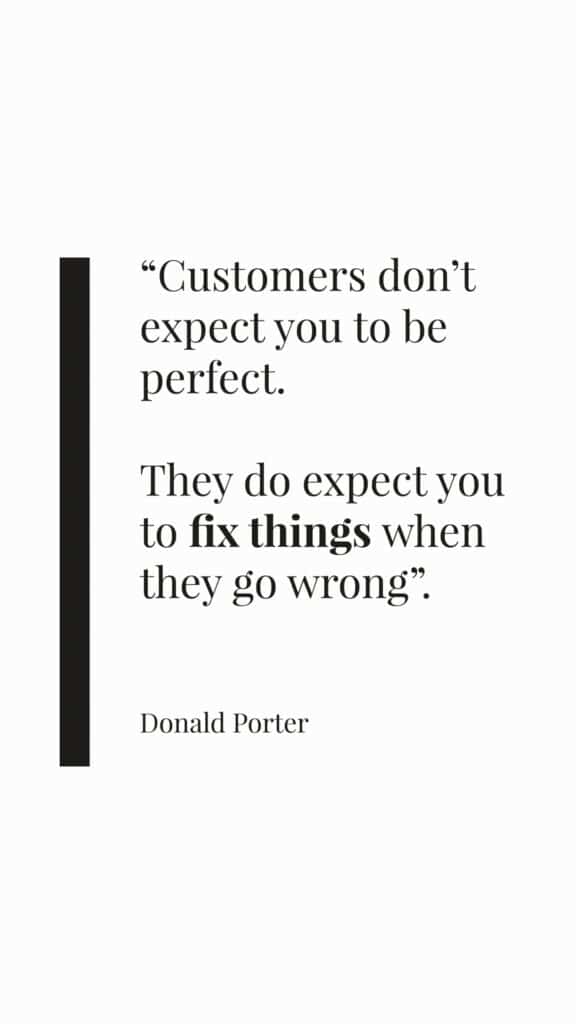
Blown Deadlines Can Crush Big Ideas
Blown Deadlines Can Crush Big Ideas

The Harvard Business Working Review Article, written by Rachel Lane, shares the insights and tips for the so-called deadline issue, given by Andy Wu (RCC at Harvard Executive Program Speaker, he is Assistant Professor of Business Administration in the Strategy Unit at Harvard Business School, where he teaches in the MBA and Executive Education programs) and Aticus Peterson (Ph.D. candidate in the Strategy Unit at Harvard Business School. He conducts research on how entrepreneurs and investors can overcome cognitive constraints to better manage unknowns and achieve competitive advantage). In fact, both researchers came out to work on this study from their own frustrations: Peterson’s as a venture capitalist and Wu’s as an entrepreneur.
“After a successful launch, entrepreneurs struggle to anticipate the complexities of product upgrades, says research by Andy Wu andAticus Peterson. They offer three tips to help startups avoid disastrous delays”


